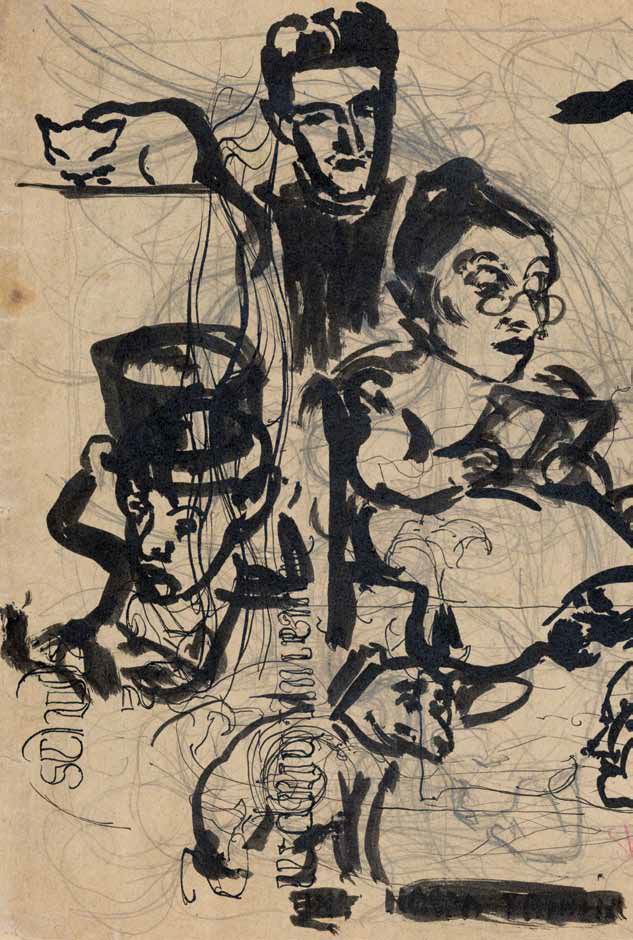Nieobecna obecność
Abstrakt
The essay is an attempt to describe and interpret three recently discovered photographs taken on October 2, 1938 during the so-called “anti-aircraft and anti gas defense week” organized by the paramilitary League for Anti-Aircraft and Anti-Gas Defense. In each of the photos one can hardly notice Bruno Schulz hidden among about a dozen people. Accident is a mixed blessing for photography. Sometimes a camera aimed at an object that attracted the photogra-pher’s interest and was his or her main target accidentally fixes something more, some un-planned excess of the visible. Standing in the background, in all the pictures Schulz is located at the same point, taking the same pose, and with the same facial expression. He has no inter-action with other members of the photographed group. A series of photos, taken in Drohobych many years ago and now published for the first time, supports a common claim that Schulz was not particularly sociable. Yet in none of the known photographs he looks so withdrawn and hidden, so remote and inaccessible – virtually absent. He could be a symbol of perfect alienation. His position was determined by the necessity to be and by his inability to be among others. Thus he is not an “exemplar of the inferiority complex” (Barańczak), driven by the “dream … of self-annihilation” (Sandauer). Schulz constitutes himself beyond any social frame of reference. The principles of his existence are isolation and distance. So much (and so little) tell us the photographs.

 Uniwersyteckie Czasopisma Naukowe
Uniwersyteckie Czasopisma Naukowe





